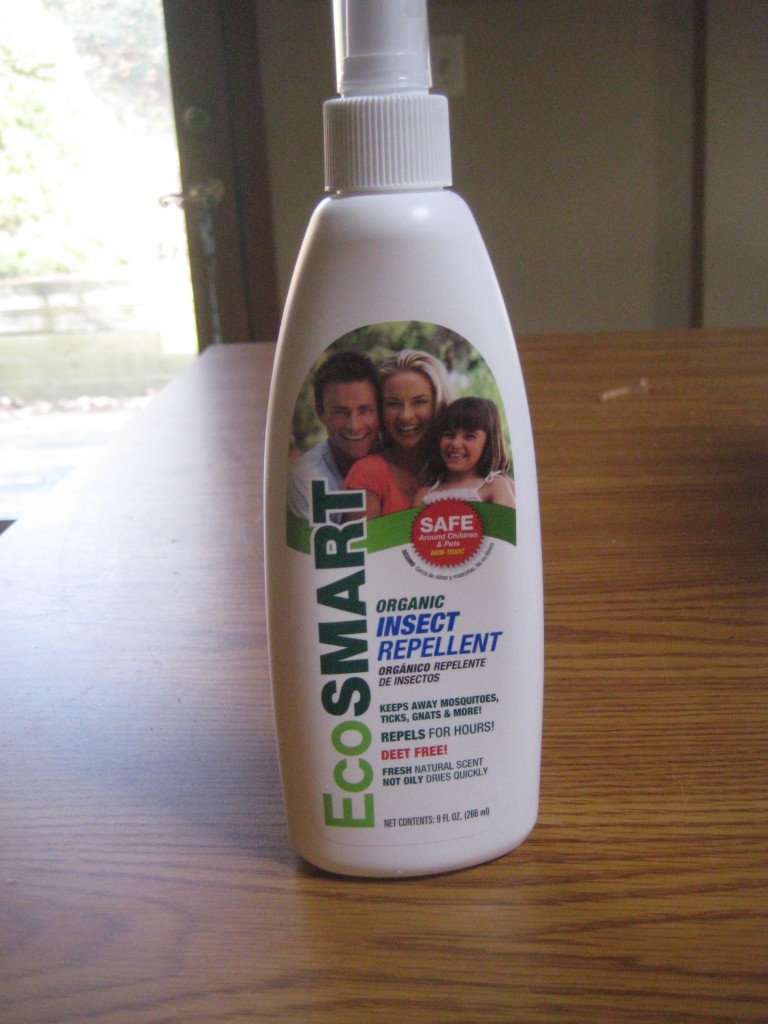This is my first post regarding natural non-toxic ways to make changes in the lives of you and your pets.
Flea and tick control.
Up until a couple of years ago I was using the topical flea and tick treatment on Sampson and Delilah. I hated the idea of it and after reading the package and speaking with my vet I reduced the applications to once every six weeks or so April through October.
I continued to use this, despite both me and the dogs hating it. I did this until the day I found a tick on my dog.
WHY does my dog have a tick when I’m using a preventative treatment?
I called the vet and found out even though we were using the topical treatment; the tick (or flea) still had to bite my pet to ingest the poison that would kill them. The poison should however prevent said pest from attaching long enough to infect my dog.
POISON.
Your skin is the largest organ your body has. Anything that you put on your skin is absorbed into your body and enters your blood stream. I’m putting poison on my dog’s fur, that is absorbed through their skin into their blood system and it’s toxic enough to kill a tick. Poison that stays in their blood, circulating through their sweet little bodies and I’m replenishing it every four to six weeks.
Have you ever tried to squish a tick? Not easy unless they are engorged, I did have success once by stabbing one with a ball point pen, but all in all I’d say they’re pretty hardy little beings.
That’s when my light bulb moment occurred. I’m poisoning my dogs.
Our yard is pretty rustic, the fenced backyard where the dogs have freedom to roam is a hilly, tree and shrub filled wonderland. While the fence helps to keep deer out, they can still get in, not to mention the mice, chipmunks, squirrels, birds, etc that can bring ticks into the yard.
Shortly after we moved in, I got a tick on my stomach. It’s a funny story, uniquely personal and probably fodder for another day.
But not this day.
Needless to say, we’ve been having the yard sprayed ever since. We’ve been using a traditional tick application to keep the nasty buggers at bay, but I’m working on finding a green company to replace them. (More on that in another post.)
Back to the dogs.
I started searching for a more natural way to control these unwanted pests. What I came up with is a protocol, it’s not perfect, it requires a bit more of my time, but in my opinion it is so worth it.
- Bug Off Garlic tablets – One tablet for every 20 pounds of dog. I know, I know, you’ve heard garlic is bad for your dogs and IT IS. But only in large doses. For a dog Sampson or Delilah’s size they would have to eat something along the lines of 20 bulbs, not cloves, BULBS.
The drawback I’ve found is when they get too much at once, they get really stinky cigar smelling farts. GROSS.
What I do is keep them on a low dose all year-long (two tablets a day) and slowly increase their dosage during the April through October months. (Also available in granules if you prefer to sprinkle on their food.) I use the tablets as treats, when I leave for work, they each get two tablets, it’s a simple and easy way to remember.
The first year I did this, I found a total of about 20 ticks, mostly on Delilah. Sampson being lighter I can usually spot them quicker, before they start to attach.
My preferred method of killing ticks is to pluck them off live and let them swim around in rubbing alcohol until they die.
Last year I added two more pieces to my protocol and we had less than five ticks all season
The two other pieces are:
- A natural spray that is used daily, especially when we are leaving our yard. I did make my own but I wasn’t entirely happy with it, so I’m currently using EcoSmart. It is designed for people too, so I spray my legs and shoes to keep the buggers off me as well. It is less expensive than the sprays marketed as dog sprays. I will also be working on perfecting my own, and will share that recipe here.
The base ingredient in this is rubbing alcohol which I think is fine for my dogs as they have really thick coats. For those with thinner coats, you can go with a lighter application. You need to make sure that you don’t spray in their eyes, nose, mouth or genitals and I’m careful about the underbelly too, as there is much less fur there. (I wouldn’t use this on nursing mamas.)
I spray it in my hand to apply it under their chin, their ears and a little bit around the muzzle. The areas I really focus on are the thick furred areas such as the chest, back of the neck and the hind quarters. I also spray the thick furry area under their tail.
It takes me about five minutes or less to spray both dogs.
- Brushing. The last piece of this protocol is when we return from walk. Most days I just give them a quick brush paying attention to those thick areas. Other days depending on weather we rinse off with the hose. Obviously the brushing is much quicker then washing but some days just require it.
It sounds like a lot more work, but really it adds only 10 to 15 minutes to my walking routine. I adjusted to it fairly quickly and I feel so much better knowing that I am not putting toxins on my dogs.
How do you feel about the current flea and tick products you are using for your dogs? Have you considered a more natural approach to prevention? Do you think the added work is too much?




Recent Comments